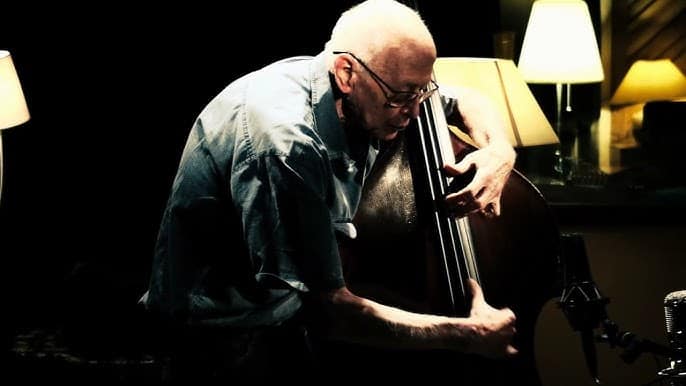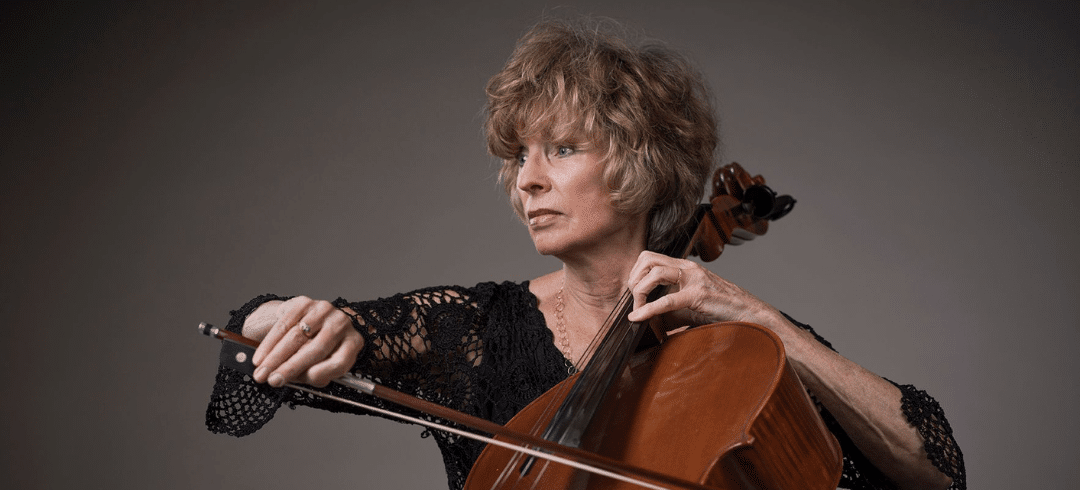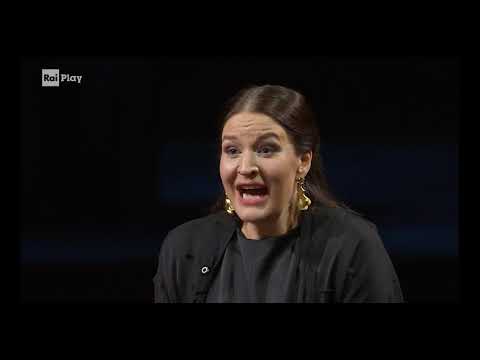Women lag behind in top German orchestras, research shows
mainThe young US conductor Melissa Panlasigui has been conducting Government-funded research in Berlin on the advancement of women in Germany’s 129 professional orchestras.
The results are not encouraging.
Between 2000 and 2019 the number of general music directors who are women rose from 2 to 5.
On the boards of these orchestras, women hold just 29 percent of the seats.
Read Melissa’s work in progress here.






The statistic which surprised me most was not the poor representation of women, but rather the existence of 129 professional orchestras in Germany. Can anyone provide the equivalent number in other countries?
You used the internet to reach Slipped Disk.
You have shown us that you can provide for yourself bro.
Share with us what you find.
Cut the sarcasm, it’s not that simple.
Wikipedia, the obvious first port of call, includes amateur and chamber orchestras. It shows Germany having the most, but not 129. It admits that the lists are non-exhaustive.
“Soclassiq” looked promising, but doesn’t help.
The head of the DOV (German ABO equivalent) wrote a book a few years ago called Orchestermanagement which said Germany’s home to around a quarter of the world’s classical orchestras. Gives you an idea of how it compares to other countries.
The DOV says 129 pro orchestras as of January 2020 so this figure is reliable.
https://www.dov.org/klassikland-deutschland/dov-statistik-planstellen-und-einstufung-der-berufsorchester
Recent research into Gender Equality shows that a lot of research is being done.
Research also shows that the results of this research is pretty predictable.
Research predicts that research will continue to increase steadily.
Slow news day? We needed the German government to fund a US university student in order to learn this? Or a young US conductor with no track record contacted slippedisc in order to get some free publicity?
Interesting.
Having had a cursory glance at the study I noticed a few omissions (which due to the low actual figures would make a rather big difference in percentage):
Annette Josef was still Intendantin of the Münchner Symphoniker at the time – and now is in another leadership role at the MDR radio in Leipzig
https://www.abendzeitung-muenchen.de/kultur/musik/die-scheidende-intendantin-als-krisenmanagerin-art-491359
Judith Kubiz is not only artistic director but also effectively chief conductor (there is no GMD) in Bautzen.
Also, I would not necessarily consider ‘Orchestervorstand’ a leadership position. The term might be confusing; it’s more players’ committee than orchestra board and has mainly an advisory rather than an executive role.
Finally, in her conclusion Panlasigui calls on institutions to “actively encourage and cultivate young female musicians” and cites examples in Dallas, Cardiff and Toronto.
However, she omits the relevant German programme in Remscheid/Solingen.
https://www.orchesterakademie.org/index.php?id=9
Maestras Gražinytė-Tyla and Lyniv are but two alumnae.
I would love to know how much is the government paying for this “research” which can be done in a single afternoon with dial-up internet while having coffee.
Another point regarding the term “Orchestra Boards”:
When investigating “high visibility roles” “in two areas: management and performance”, wouldn’t it be quite relevant to also look at actual executive managerial positions instead of – or at least in addition to – the unpaid, elected (not hired) and mostly advisory ‘Orchestervorstand’?
Surely, someone like Andrea Zietzschmann, General Manager of the Berlin Philharmonic and absent in Panlasigui’s study, is “highly visible” in the “higher professional echelons” of a German Berufsorchester.
In cauda venenum:
“This report centered on gender, but it is only one of many *aspects of identity*.
*Intersectional research pertaining to the multitude other facets of identity* is necessary to evaluate the diversity participation in the professional orchestra realm. Investigations of this nature into ensembles outside the Berufsorchester, such as the opera houses, “free” ensembles, and other chamber orchestras, are likewise needed to obtain a more complete measure of the musical landscape that has grown out of the classical tradition. With appropriate assessment and benchmarking, *systemic solutions can be put in place to pursue equity, diversity, and inclusion and foster a more vibrant cultural landscape.*”
[Since HTML tags appear not to be available for reader comments on this site, I have used asterisk brackets to highlight salient passages.]
(And yes, I’ve taken upon myself to read this entire “Machwerk” in its full length. Closely.
As a cautionary example of how NOT to do statistical and social analysis, it is a matchless exhibit.)
So this piece has a clearly stated aim, and that aim is not to understand and analyse, but to bring about change, according to the intersectional doxa.
Government-funded, too.
Where have we read the like before?
„Die Philosophen haben die Welt nur verschieden interpretiert, es kömmt drauf an sie zu verändern.“
——Karl Marx: 11. These über Feuerbach. Originalfassung, 1845.
What’s a woman nowadays? I thought now you can “identify” whatever you want. So this study’s results will vary day to day depending on who identifies as woman on any given day. Today I feel like a black transgender midget.
More Cal-Berkeley trained woke trash